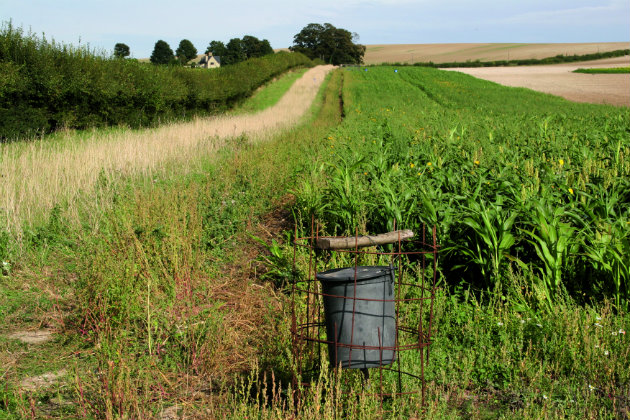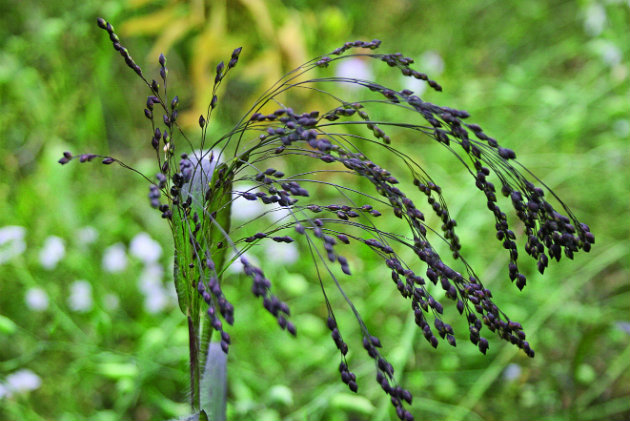Win CENS ProFlex DX5 earplugs worth £1,149 – enter here
Getting your covercrops right

The reason that most shoots change their covercrops is because of a failure, but simply changing them will not guarantee success. It is vital to be honest about the reasons for the failure and to include the factors under your control, rather than just blame the weather or bad luck. Creating a good seedbed, with the correct pH, free of weeds and supplying adequate nutrition, must be priorities and are non-negotiable if you want success.
Problem plots
More often than not “problem plots” have issues that can be foreseen and choices should be made that minimise their effects. These range from waterlogging, to weed or pest species (deer in particular). Some crop choices will be less prone to these problems, or offer you in-crop solutions for effective management. Have a discussion with an expert on covercropping at an early stage, perhaps get some soil tests done and put together a workable plan.
The list of options is long, but keep things simple when you can, though that doesn’t mean you should not use a mix. The first thing to be clear on is what job is the plot trying to do? Is it a driving cover, a holding area or a feed crop? Some areas are simply for moving birds between two places or to draw them away from their pen. Is the mix for pheasants, partridges or both? Partridges prefer a more open crop, with room to move, but pheasants will tuck up into thicker crops such as canary grass and make their own spaces.
Simplify crop choice
Once you are clear about what you are trying to achieve, crop choice becomes simpler. Add to this your honest assessment of the site and you have plenty to discuss with your supplier.
For many southern shoots, maize is still the first choice. It is a relatively simple crop to grow, with excellent herbicides available for weed control and it is popular with pheasants and partridges. However, it does need warmth, doesn’t do well in waterlogged soils and can attract unwelcome attention from deer, badgers, corvids and rats. Late cobbing varieties have addressed some of these problems, but there are plenty of alternatives.

Red millet is a good feed species
Kale, dwarf sorghum and millet
Kale is a fantastic covercrop but has a reputation for being difficult to grow well. It does need careful management in the first few weeks, but once established it can provide a fantastic crop for two years. Flea beetle-treated seed is available, but keep an eye on your emerging crops.
A fertile soil is crucial and make sure the soil is warm and moist before drilling, but there is no rush. Some of the best crops are sown in June, when warm soil and summer showers allow rapid establishment. Dwarf sorghum is still a great choice for warm southern areas, but I would not even consider it farther north — replace it with reed millet. These two structural crops make an excellent base for feed species such as red and white millet, linseed or camelina, as they help to keep them standing into the winter months. It is important that sorghum is not sown until the soil temperature has reached 12°C or it will rot away.
When deciding upon a mix, consider how you will plant it and make sure that the seed sizes are compatible with each other. Take account of the weeds that you identified for the plot and make sure that a herbicide will be available to deal with them in the crop. Discuss this with a qualified agronomist to make sure you are getting accurate information. Mixes can be excellent for providing cover and feed throughout the season, and they add a terrific bonus for farmland wildlife too.
Plant fewer crops but properly if funds are an issue
In summary, take time to have an honest review of your crops, identify problems and create a clear plan for success. Follow your plan in full, as omitting one item — such as fertiliser — can undermine the rest of your efforts. If funds are a problem plant fewer crops but do so properly — you will hold more birds.
Related Articles
Get the latest news delivered direct to your door
Subscribe to Shooting Times & Country
Discover the ultimate companion for field sports enthusiasts with Shooting Times & Country Magazine, the UK’s leading weekly publication that has been at the forefront of shooting culture since 1882. Subscribers gain access to expert tips, comprehensive gear reviews, seasonal advice and a vibrant community of like-minded shooters.
Save on shop price when you subscribe with weekly issues featuring in-depth articles on gundog training, exclusive member offers and access to the digital back issue library. A Shooting Times & Country subscription is more than a magazine, don’t just read about the countryside; immerse yourself in its most authoritative and engaging publication.







